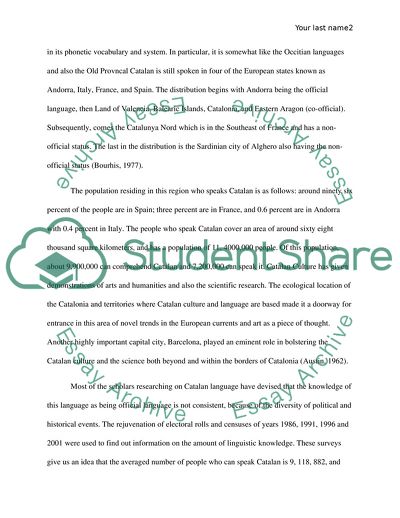Cite this document
(Catalan Language Research Proposal Example | Topics and Well Written Essays - 2250 words, n.d.)
Catalan Language Research Proposal Example | Topics and Well Written Essays - 2250 words. https://studentshare.org/history/1789988-catalan-language
Catalan Language Research Proposal Example | Topics and Well Written Essays - 2250 words. https://studentshare.org/history/1789988-catalan-language
(Catalan Language Research Proposal Example | Topics and Well Written Essays - 2250 Words)
Catalan Language Research Proposal Example | Topics and Well Written Essays - 2250 Words. https://studentshare.org/history/1789988-catalan-language.
Catalan Language Research Proposal Example | Topics and Well Written Essays - 2250 Words. https://studentshare.org/history/1789988-catalan-language.
“Catalan Language Research Proposal Example | Topics and Well Written Essays - 2250 Words”. https://studentshare.org/history/1789988-catalan-language.


